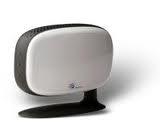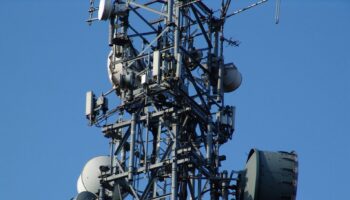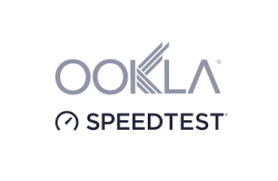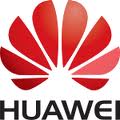 Ericsson today announces the introduction of small-cell products, including a pico radio base station with integrated Wi-Fi. It is now possible to easily add small cells to the network in the form of Ericsson’s new small RBS products, using both 3GPP-licensed spectrum and unlicensed spectrum such as Wi-Fi, both of which can be transported over the same backhaul.
Ericsson today announces the introduction of small-cell products, including a pico radio base station with integrated Wi-Fi. It is now possible to easily add small cells to the network in the form of Ericsson’s new small RBS products, using both 3GPP-licensed spectrum and unlicensed spectrum such as Wi-Fi, both of which can be transported over the same backhaul.
- Complements existing RBS 6000 portfolio with introduction of small-cell products, including multi-standard pico RBS with integrated Wi-Fi access
- Ericsson’s complete portfolio of multi-standard RBS products, from pico to macro, can be deployed together in heterogeneous networks (hetnets) for increased network capacity
- Ericsson’s hetnet delivers the same services with half the spectrum and throughput gains of 2-10 times compared to using separate vendors for the macro and the small cell layer
- Ericsson’s coordinated macro and small cells hetnet solution halves the total cost of ownership (TCO) for the small cell layer
Finding new site locations is one of the major issues for operators today and these small RBS products, with their convenient size and flexible backhaul options are the preferred choice in this situation. The new picos strengthen Ericsson’s RBS 6000 portfolio, complementing the macro layer of radio base stations in environments where network traffic is high, to increase network capacity and performance. Along with the pico RBS introduction, Ericsson is releasing an Indoor Pico Gateway, to enable indoor deployments that are fully coordinated with the macro layer.
For operators, delivering the high speeds and reliability of mobile broadband service that equate to an excellent user experience is difficult at the best of times, but it becomes even more of a challenge in a dense urban environment, such as a city center, where a large number of subscribers are concentrated in a relatively small area.
In a scenario such as this, Ericsson suggests increasing the network capacity in the following ways:
· Improve the macro layer by upgrading the functionality of the existing base stations;
· Densify the macro layer by increasing the number of cells;
· Add small cells as a complement to the macro layer.
The best possible solution – the Ericsson approach – is to combine all three into one network.
The integrated nature of Ericsson’s hetnet solution typically offers operators at least a 50 percent lower total cost of ownership for the small cell layer compared to using a multivendor approach. The cost savings are due to integration, flexible backhaul and less complexity in installation and maintenance.
Ulf Ewaldsson, Chief Technology Officer at Ericsson, says: “With Ericsson’s new small RBS products and our unique approach to hetnets, operators can offer the same services with half the spectrum compared to using separate vendors for the small cell layer. By combining an improved and densified macro layer with low-power small cells, very high traffic volumes can be supported. This is the best way forward for operators that want to offer their customers a mobile lifestyle and a truly seamless user experience.”
The pico RBS with integrated Wi-Fi helps to provide a comprehensive solution to heavy traffic needs as part of the hetnet proposition, also providing modular backhaul flexibility with cascading and aggregation support.




